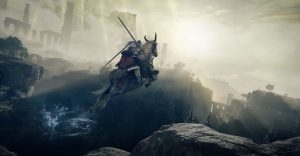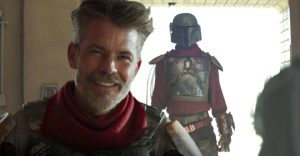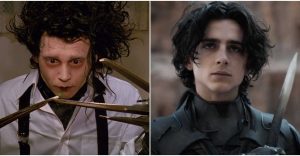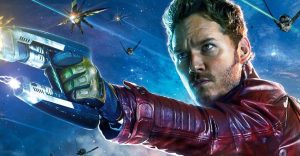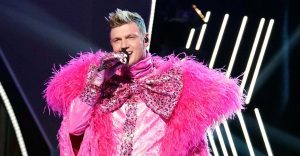Ultimate Iron Man: A Forgotten Story Gave Tony His Weirdest Armor Ever
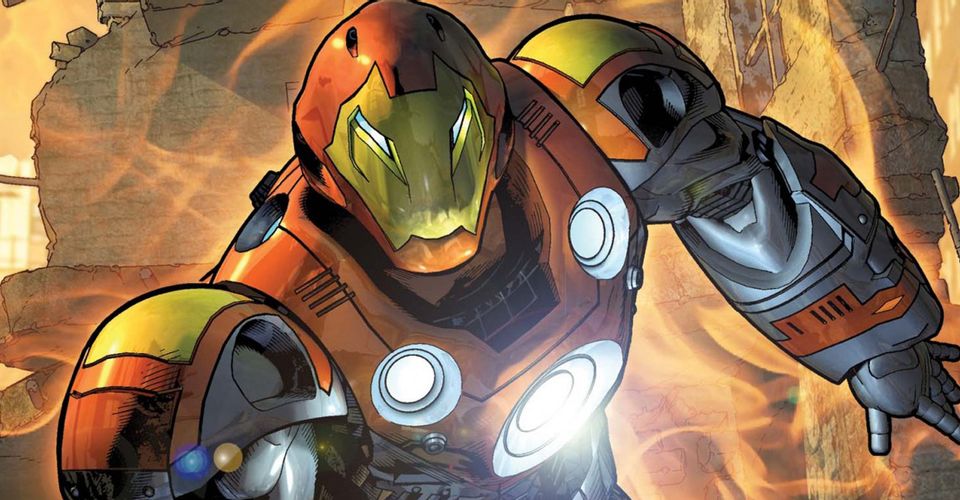
An obscure Iron Man story from Marvel’s Ultimate Universe rewrote the origin of one of Stan Lee’s most iconic creations and gave Tony Stark his most bizarre armor ever. Written by prolific science fiction writer Orson Scott Card (best known for the successful Ender’s Game series), the 2005 series Ultimate Iron Manwas an attempt to revitalize the character for a new age, back when he was seen as a “B-list” hero and three years before the Iron Man feature film would eventually make Tony Stark a household name. Unfortunately, despite the pedigree of the author, this new origin failed to resonate with readers; it was such a departure from what fans knew and loved about the character that the story was rarely referenced in the Ultimates comics, and was eventually written out of existence entirely. Paradoxically enough, that makes the tragic tale of Ultimate Iron Man all the more memorable.
In the late 90s, then-Vice President of Marvel Comics Bill Jemas realized the Marvel comics continuity was far too self-referential and convoluted after more than six decades of stories, and was potentially scaring away new readers from buying books. To remedy this problem, Jemas and editor Joe Quesada created the Ultimate Marvel imprint, the goal of which was to stay true to the characters’ initial premise. In the Ultimate universe, Spider-Man was once again a down-on-his-luck teenager, Captain America was a war hero and the proverbial man out of time—and Iron Man would have gone in a similar direction, were it not for Orson Scott Card making some incredibly drastic changes to the character and his origin story.
Hell Hath No Fury…

In Ultimate Iron Man, recently-divorced weapons manufacturer Howard Stark (very much alive in this continuity) is in a tight spot. His ex-wife Loni has conspired with business rival Zebediah Stane to seize Howard’s assets and inventions, including a revolutionary spray-on blue bio-armor that protects the wearer from most injuries and weapons. Unfortunately, the bio-armor eats away at the wearer’s skin after a short time. That’s where geneticist (and Howard’s current lover) Maria Cerrera comes in: she’s developing a virus that regrows limbs and skin tissue, and the two projects could hypothetically work in tandem. Then Maria is accidentally infected with the virus…as is her unborn baby.
The virus has unintended side-effects: the infected’s skin is hypersensitive, causing Maria tremendous pain. Her neural tissue is rapidly growing too large for her skull—but, as Maria explains through the pain, her son won’t have that issue. “Undifferentiated neural tissue will grow all through his body. As if his whole body is brain. Greater mental capacity. Quicker. Like no human in history.” Maria dies in childbirth and the infant screams when his hypersensitive skin comes into contact with the air, but Howard rapidly applies the blue bio-armor and his son—named Tony—falls silent and content. That’s when Loni and Stane make their move: Stane acquires Howard’s company, but discovers that Howard never patented the bio-armor, and thus Stane has no legal claim to the lucrative technology and can’t reverse-engineer the armor. He’s powerless—and furious.
Tony Stark: The Walking Brain

Now four year old, Tony lives with his father in hiding, along with a few assistants who joined Stark after Stane took over the company. Young Tony is exceptionally bright for his age, reading Popular Mechanics and possessing the vocabulary and wit of a teenager. His intelligence is a byproduct of his decentralized brain, which runs through his entire body. He’s still dependent on the bio-armor (which eventually is upgraded to a skin-tone variant) to protect his sensitive skin—and since it comes off with antibacterial soap and water, he can never bathe. When Stane’s attempt to kidnap Tony fails, Loni leaves him to rot in prison, taking their son Obadiah.
As years pass, Tony befriends his closest ally James Rhodes after saving him from bullies at school, who later throw Tony into a furnace at the behest of Obadiah Stane. Tony is badly burnt but regrows the muscle and skin almost overnight. Tony and Rhodey eventually enter a secret school for the best and brightest, located deep inside the Baxter Building. Unfortunately, Obadiah is there too. Seeing enemies wherever he goes, Tony begins work on a suit of armor, because, as he puts it: “I want armor that stops them before they throw me around.”
From there, Ultimate Iron Man has even more turns in store for longtime readers. Howard is framed for Zebediah Stane’s murder and thrown in prison, and Tony now takes control of the company and must clear his father’s name. In a thematic tie to the original character, he also discovers alcohol dulls his constant pain, and takes to regular drinking. He builds a second suit for Rhodes and the two defeat terrorists in New York. Tony foils another plot to assassinate his father and believes Obadiah is behind it, but the real mastermind turns out to be Loni, who attempts to have her own son assassinated when she can no longer control him. Loni shoots him in the head but Tony survives thanks to his bio-armor and his decentralized brain. An angry Obadiah kills his mother and makes an uneasy peace with Tony, bringing the story to a close.
An Origin Story Abandoned

Reception to Ultimate Iron Man was mixed. Readers disliked the slow pacing, with Tony not making an appearance until the second issue, and even then as a baby. The powers and capabilities of the bio-armor, while imaginative, were not a direct consequence of Tony’s actions but of his father’s. But the biggest deviation from the source material was Tony’s character. In Tales of Suspense #39, (the debut issue of the Iron Man we know today) Tony Stark was an egotistical war profiteer and beneficiary of the military-industrial complex until he received a life-threatening injury, which forced him to build something to save a life instead of taking one. In Ultimate Iron Man, the motivation to atone for past sins is nonexistent, and Tony is written as a hero with little negative personality traits outside of general rebelliousness. He is still kept alive through technology, but he’s a victim of circumstance and not his own actions.
Orson Scott Card’s divergent origin story was rarely referenced in the Ultimate universe. Tony’s new abilities barely factored into any storylines, and slowly readers began to see the changes to the backstory: Tony now had a deceased brother, he lacked the ability to regrow limbs, and finally the story was retconned entirely. In New Ultimate vs Ultimate Avengers #2, writer Mark Millar spent two pages explaining that the entire Ultimate Iron Man origin story was nothing more than an in-universe action cartoon aimed at children. For the characters living in the Ultimate universe, the continuity is looked upon as a joke. For fans of Iron Man, the legacy of Ultimate Iron Man remains an abandoned curiosity—gone, but not forgotten.










